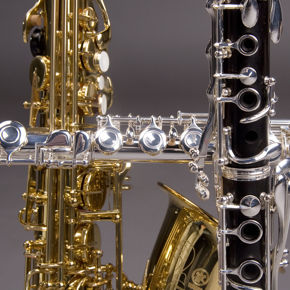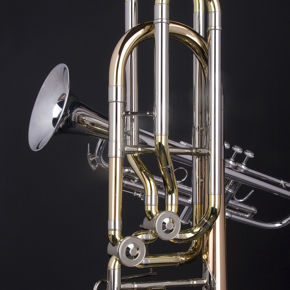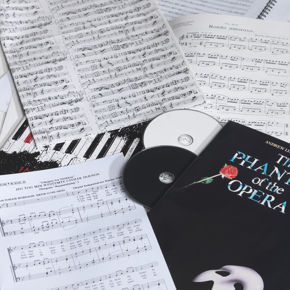Corsican Litany, Vaclav Nelhybel. Concert Band
Tilgjengelighet: Bestillingsvare
Corsican Litany
Composer: Vaclav Nelhybel
Genre:Concert Piece
Grade Level:3 (Intermediate)
Performance time: 00:06:59
Publisher:Bourne
Size:US 9x12 (229x305mm)
Info: Full Score + Parts
Release Date:1976
In many parts of the world it was once common practice during burial ceremonies to have professional mourners dramtize the grief of the bereaved by means of loud and emotional lamentations, repeated endlessly like a chant. In some places, notably the Mediterranean countries, these laments were actually sung, usually by women who were skilled in this macabre art and could command pay for their service.
Corsican laments, like Corsican deaths, were divides into two types: the ordinary lamento for death from natural causes, and the vocero if the mourned had been murdered. The latter then became a long of grief so intense, so filled with pain, that it could only be assuaged by an act of direst vengeance. The murderer was accused and identified by name, and the singer solemnly swore to see to it that he who had murdered would pay for it with his life.
Vaclav Helhybel has based his 'Corsican Litany' on a vocero first known to have been sung in 1775 at the funeral of a country doctor named Mateju who had been murdered by his own patient, one Natale. The melody is introduced mournfully, but grows steadily in passionate intensity until an astonishing climax is reached in the final menacing 'oath of vengeance'.









